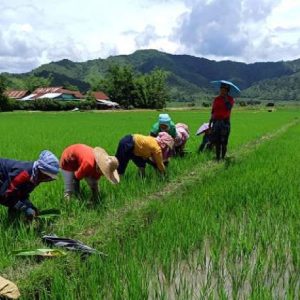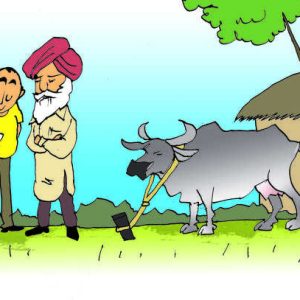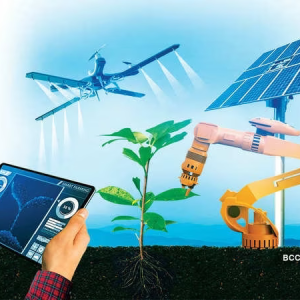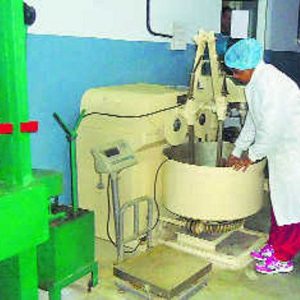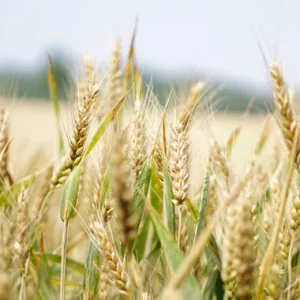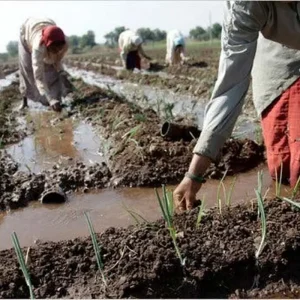Strengthening food quality management with digital technologies
Digital transparency in the agriculture ecosystem is still in its infancy, majorly due to low penetration of technology-led interventions across value chains.
It’s estimated that around 18-40% of the data generated has an element of error as it is manually collected and is riddled with human biases. This unreliable ground data leads to huge loss of time and money for agribusinesses. Today, with the innovation of digital-led data collection strategic processes, time-consuming manual intervention can be replaced by rapid instant food analysis solutions, which facilitate productivity in the food value chain. Adoption and deployment of digital solutions for food quality assessments is a new vista that can transform the way agriculture system and food trade at various intersections operate.
Why do agribusinesses need digital transparency?
Data transparency is the biggest stumbling block in business expansion. Data collected manually is rarely analyzed to distill critical insights. Scope of improvement, therefore, is seldom an option that could facilitate expansion and diversification of business.
Digital transparency is critical for the management associated in the agri-value chain to help ensure quality on a continuous basis. With untampered and instant access to food quality data, the management can facilitate data-led critical business decisions. With AgNext’s full stack, uniquely integrated platform ‘Qualix’, digital transparency in food trade is guaranteed at every node of transaction. Based on AI-based deep tech, ‘Qualix’ automates food quality assessment and provides clear visibility of on-ground operations.

Qualix instantly analyses food quality, uploads data on the cloud in real-time and gets accurate data analysis on the dashboard. Qualix has the ability to integrate with the existing ERP of the businesses. On account of its singularity and innovativeness, when implemented it has the potential to increase operational efficiency and remove most of the operational malpractices. The data generated can be used for robust and comprehensive food quality analytics. To put it simply, data of each stakeholder in the value chain is now available for analysis. This results in better supplier management, food quality management and better decision-making.
Digitized data gives better returns
There is immense data wealth available in the agriculture ecosystem, which, if utilized correctly, can transform the way the agriculture sector functions. If we just consider food quality assessments, cutting-edge data processing technology can automate data analytics to filter and provide deep-seated business insights.
When this food quality assessment data is digitized and available on a dynamic dashboard, such as ‘Qualix’ which is overlaid with deep tech methodologies, it provides timely triggers for course corrections. This helps in cutting down costs of errors, enhancing margins and can allow agribusiness to pass on the benefits accrued to the consumer or to the supplier. Instant availability of data also helps to expand purchase options and value additions. For the supplier, data-driven and untampered is the first step in standardization of quality of food supply and thus, a better price realization across the board.
Thus digitized data not only helps to save cost but also provides better profit margins. At the same time, digital solutions provide a faster turn-around time for food quality analysis, prevent value erosion due to long-drawn logistics or processing delays.
Standardizing quality with science
Today, the business of food purchase is more of an art than science. Human component in the process is art, whereas introducing digital transparency tilts the favor towards science. But as opposed to manual processes, when science is incorporated in food quality assessment, it facilitates standardization of quality across all nodes of the value chain This helps to improve price realization by weeding our ambiguity. End result is that the system is loaded with transparency at each level and it builds and fosters trust, which is the lifeline for any business.
Digital transparency helps agribusiness to standardize food quality, and consequently improve price variability. It helps in building new dimensions of trust amongst buyers and sellers in the food trade, as every transaction is supported by technology-driven, science-led processes.

